Re-Designing Disaster Resilient Communities and Housing in Rural Saurashtra, India, Fall 2017
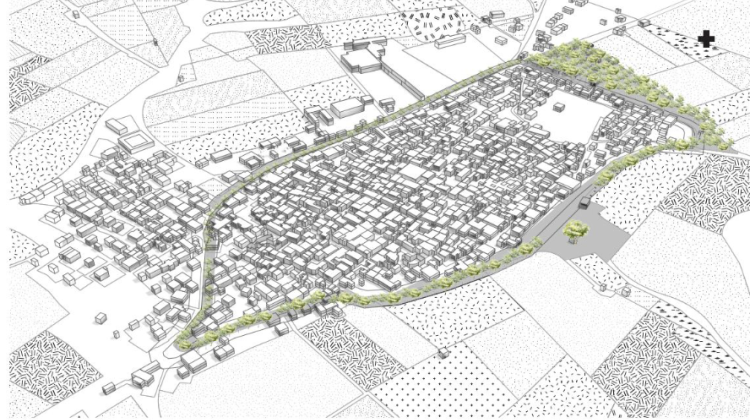
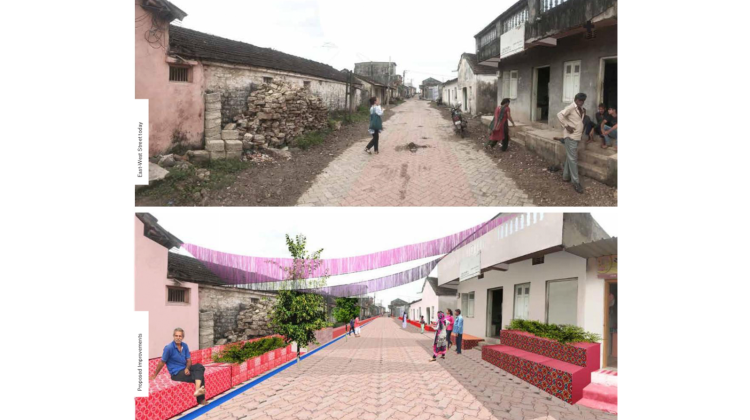
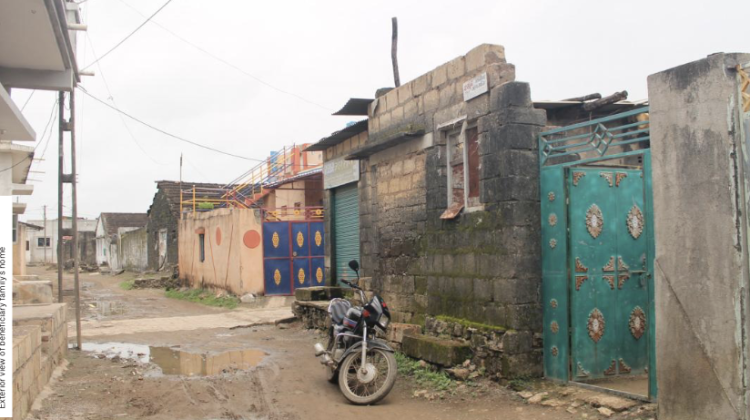

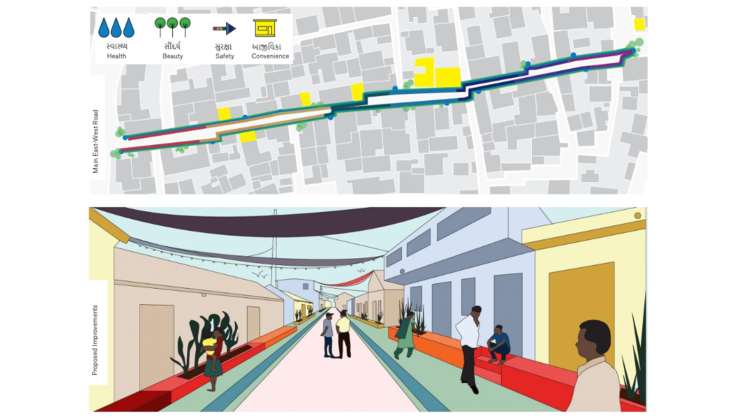
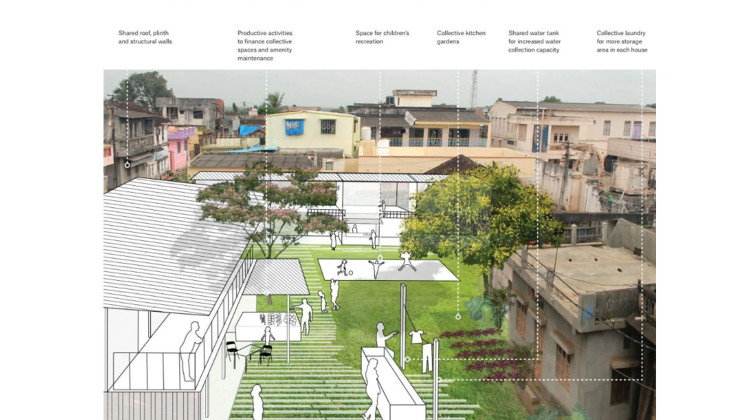
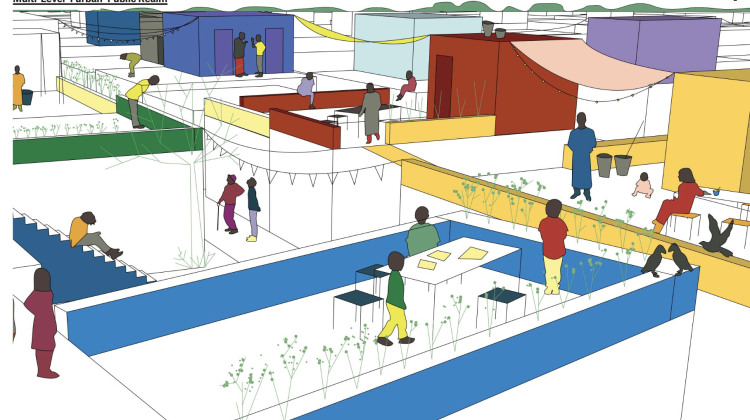

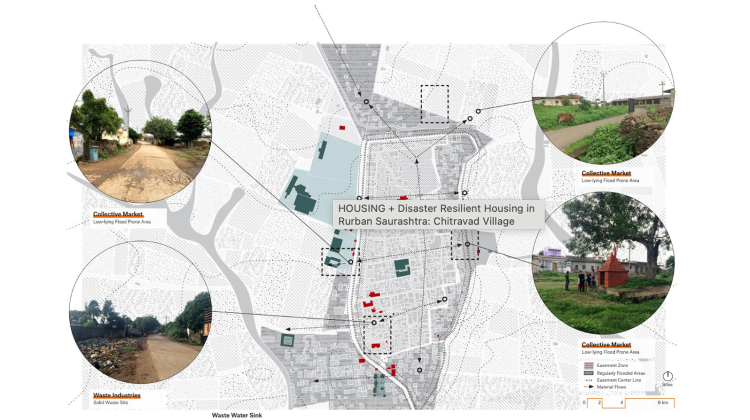

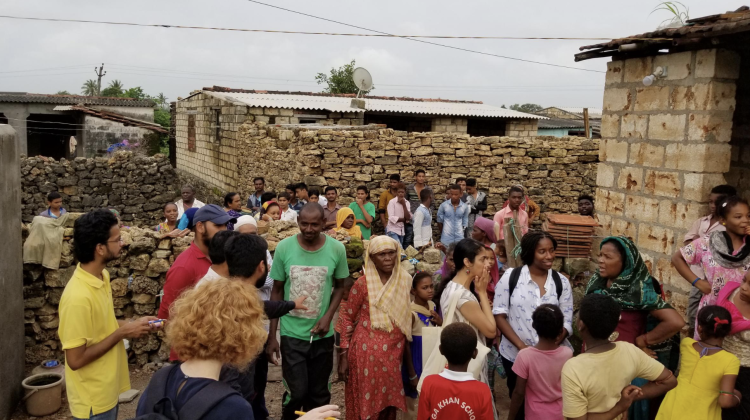
According to the United Nations, India alone is projected to add 404 million urban dwellers by 2050, transforming Delhi into the second largest megalopolis in the world with 36 million urban dwellers by 2030. Mumbai, Calcutta, Bangalore, Hyderabad, and Ahmedabad are expected to follow to reach 27.8, 19, 14.7, 12.75 and 10.5 million respectively. [1] In parallel to this urbanization in 5 mega-cities, India has even larger processes of urban growth in secondary cities and peri-urbanizing areas. However, it also hosts the largest rural population in the world with 857 million rural dwellers, a significant fraction of whom are migrating to urban areas.[2] A visit to the urban slum of Dharavi in Mumbai is telling of the sub-standard conditions in which the migrant poor live in these inhumane agglomerations. And yet, the economic prospects that cities offer in comparison to their rural counterparts would hardly stop migration in the years to come.
In this context, this design workshop joined the Aga Khan Agency for Habitat´s (AKAH’s) mission and philosophy to enhance the quality of life in rural areas, and thereby reestablish some of the equilibrium in India´s shrinking countryside today.
Within AKAH´s 4,000 development plans, Chitravad (Gujarat) was selected as exemplary of pressing problems that many territories will confront in the future due to risk, climate change, and urban growth. In proximity to the Arabian Sea and a volcanic fault, Chitravad is prone to flooding caused by cyclones, droughts during the dry season, and earthquakes. Besides, Chitravad gave us the opportunity to revisit work done by some of our Architecture colleagues back at MIT in 1996.
During our fieldwork, students had the opportunity to learn first-hand from AKAH´s risk-management solutions at the housing and village scale, engage with different villages and community leaders, and interview 18 homeowners of newly reconstructed safe-homes to document narratives of their housing satisfaction and quality of life improvement.
Through design charrettes at the house, street and village scales students incorporated this new knowledge in proposals that extended the scope of solutions from the scale of the home to that of its proximate built environment. This included the incorporation of water, sanitation, and waste management infrastructure to create resilience at a village scale. Proposals were enthusiastically received by the community at Chitravad and were further developed back at MIT. Back home, more attention was placed on extending safety through the ¨Housing for All¨ national program to house economically weaker members of the community living in risk-prone areas and homes today.
Rurban Chitravad was envisioned as a collective educational and touristic hub that would utilize opportunities due to its proximity to the Gir Forest and good quality produce to sustain a better quality of life in the future.


